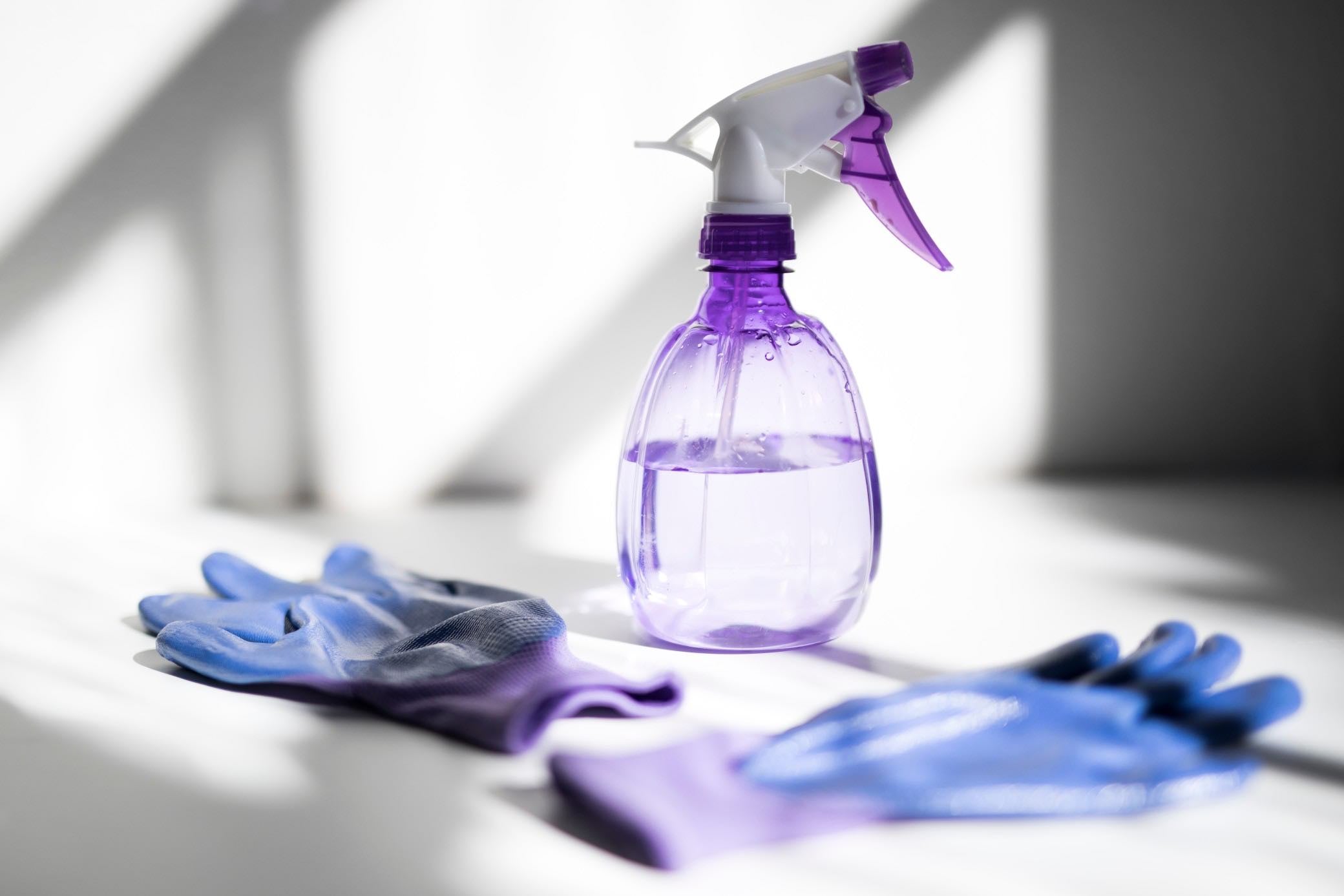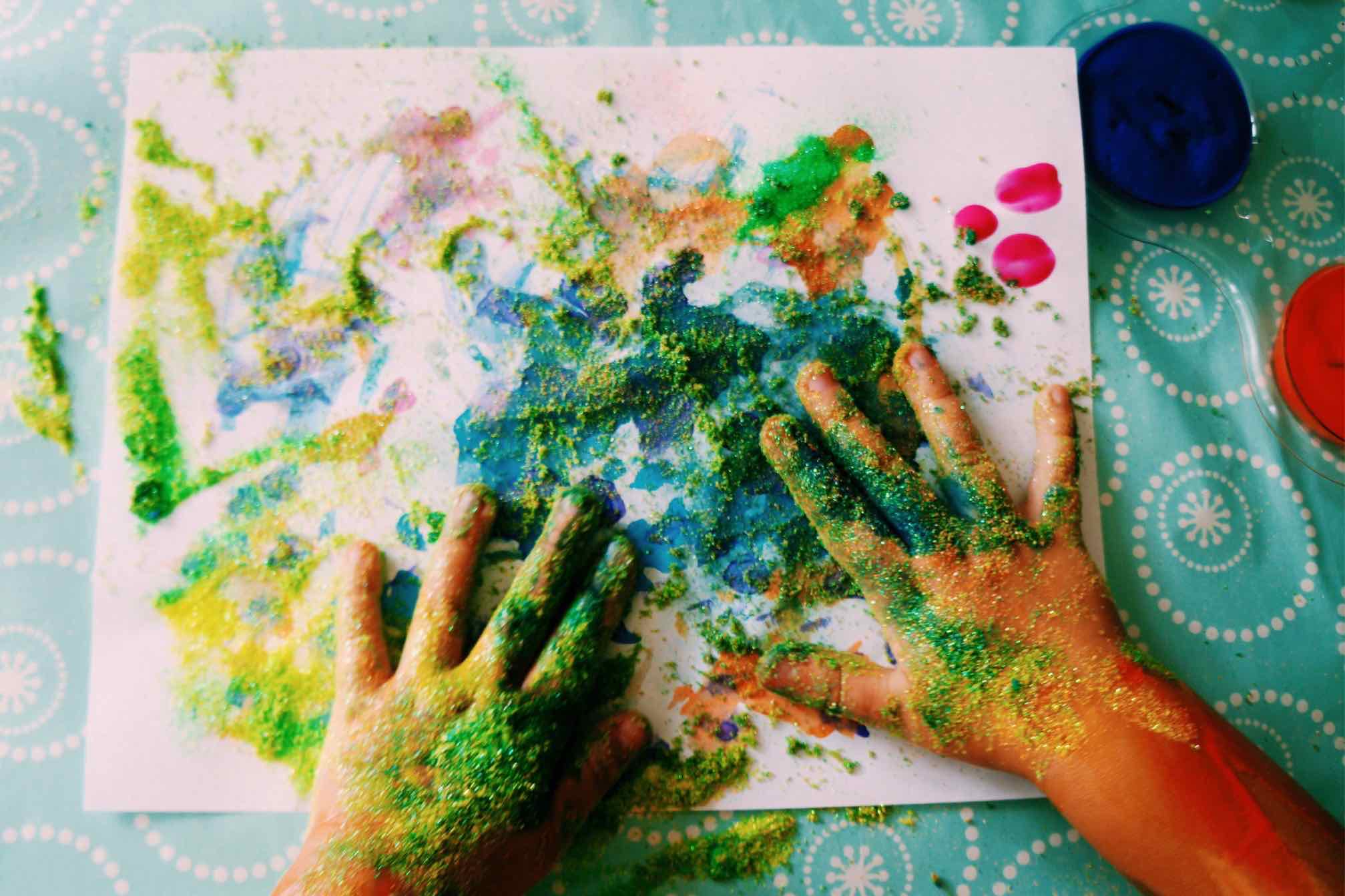
Cleaning Your Cleaning Machines
Laundry Love and Cleaning Science were nice enough to partner with us on some content. These experts of all things clean have years of practical know-how — prepare to become a cleaning MACHINE (you know, if you want to).
Trying to keep your home clean can be a challenge, even on the best of days — and it can be even harder if your machines aren’t working properly.
Here’s how to clean your machines (so that they can clean everything else).
Did you know that you were supposed to clean all of the machines that you use to clean the items in your home?
It may seem counterintuitive, but if you want them to work properly, it’s a must. They aren’t getting clean when they are cleaning for you; they’re actually getting dirty doing the cleaning work. If you want to keep them in top condition, you have to give them a little TLC.
We recommend doing the following at least once a month.

Your washing machine needs more than just washing your clothes to get clean. If you are using a washing machine cleaner once a month, then you’re on the right track. But did you know that some washing machines have filters that need to be drained and cleaned out?
Below is a guide for how to clean washers, but first, check your manual for cleaning instructions for your specific machine.
It’s important to keep your dryer clean to get your clothes dry quickly and to keep your family safe from a fire.
As with anything, always read your manual before beginning. If your manual gives specific instructions, follow them as they were written for your specific machine by the people who made it and want it to perform at its best.
First, read your manual to see if it gives specific cleaning instructions. If not, follow the steps below.
Clean the sides of the door with an all-purpose cleaner or warm, soapy water. Once a month, use a dishwasher cleaner, like Affresh, and use as directed on the label, or add 1/2 cup borax or 1/2 cup CLR to the empty dishwasher. Run the heavy-duty/pots and pans cycle. If you have really hard water, you can run a cycle first with borax and then a second one with CLR.

Vacuum cleaners are great tools to have, but they won’t work nearly as well as they’re supposed to if not cleaned regularly.
You should check the beater bar on all vacuums regularly to make sure it’s not full of hair. If it is, the hair needs to be removed. The easiest way to do that is to use a seam ripper — it’ll slit the hair all the way down the bar in one slice, and then you just need to pull it off.
The rest of your vacuum maintenance depends on whether it is bagged or bagless:
Trying to keep your home clean can be a challenge, even on the best of days — and it can be even harder if your machines aren’t working properly.
Here’s how to clean your machines (so that they can clean everything else).
Yes, You Have to Clean Cleaning Machines
Did you know that you were supposed to clean all of the machines that you use to clean the items in your home?
It may seem counterintuitive, but if you want them to work properly, it’s a must. They aren’t getting clean when they are cleaning for you; they’re actually getting dirty doing the cleaning work. If you want to keep them in top condition, you have to give them a little TLC.
We recommend doing the following at least once a month.
How to Clean Your Washing Machine

Your washing machine needs more than just washing your clothes to get clean. If you are using a washing machine cleaner once a month, then you’re on the right track. But did you know that some washing machines have filters that need to be drained and cleaned out?
Below is a guide for how to clean washers, but first, check your manual for cleaning instructions for your specific machine.
- Soak and scrub removable parts, like the bleach and fabric softener wells, in hot water. Dry them thoroughly afterward to keep them from getting funky and slimy. Using a toothbrush, clean the upper portion of the agitator (if it has one) and hard-to-reach areas under the lid and around the rim of the tub. You can also use this time to wipe down the front and sides of the machine with a soft, damp cloth.
- For front-loaders, wipe down the rubber seal. If necessary, use a Shop-Vac to vacuum out all the gunk in the seal, then scrub it with a toothbrush. Then soak a washcloth with bleach (1/2 cup of bleach per 1 gallon of water) and place it in the inner area of the seal. Let it sit for about 10 minutes, then wipe it clean.
- If your washer has a detergent drawer, pull the detergent drawer out and give it a good wash, followed by a bleach water soak (two teaspoons of bleach per one gallon of water). Wipe down the compartment that holds the drawer.
- Use 1/2 cup of bleach with hot water and set the washer to self-clean OR the longest, hottest cycle (heavy-duty, whites, etc.) with nothing in it. You could also use a washing machine cleaner, such as Tide, Affresh, Oxiclean, Lemishine, or Clorox Washing Machine Cleaners. Please note that they will not disinfect the washer and should NOT be used in conjunction with bleach.
- If your washing machine has a filter, clean that as well. Follow the instructions in your manual, or Google your washer’s model number for instructions.
- Leave the lid and detergent drawer open after each use to allow airflow. Otherwise, it's a hot, humid environment perfect for mold and bacteria to grow in.
How to Clean Your Dryer
It’s important to keep your dryer clean to get your clothes dry quickly and to keep your family safe from a fire.
As with anything, always read your manual before beginning. If your manual gives specific instructions, follow them as they were written for your specific machine by the people who made it and want it to perform at its best.
- Wipe down the outside of your dryer with a soft, damp cloth.
- Wipe down the interior of the dryer, the tumbler.
- Remove the lint from the lint filter.
- Inspect the lint filter area for lint and foreign objects.
- Inspect the dryer vent ductwork inside and outside for lint buildup once a month.
How to Clean Your Dishwasher
First, read your manual to see if it gives specific cleaning instructions. If not, follow the steps below.
- Remove the filter and soak it in warm, soapy water until the residue softens.
- Scrub it with a scrub brush to remove residue.
- Reinstall the filter.
Clean the sides of the door with an all-purpose cleaner or warm, soapy water. Once a month, use a dishwasher cleaner, like Affresh, and use as directed on the label, or add 1/2 cup borax or 1/2 cup CLR to the empty dishwasher. Run the heavy-duty/pots and pans cycle. If you have really hard water, you can run a cycle first with borax and then a second one with CLR.
How to Clean Your Vacuum Cleaner

Vacuum cleaners are great tools to have, but they won’t work nearly as well as they’re supposed to if not cleaned regularly.
You should check the beater bar on all vacuums regularly to make sure it’s not full of hair. If it is, the hair needs to be removed. The easiest way to do that is to use a seam ripper — it’ll slit the hair all the way down the bar in one slice, and then you just need to pull it off.
The rest of your vacuum maintenance depends on whether it is bagged or bagless:
- Bagless vacuum maintenance — The dust in a bagless vacuum is collected in a bin that you just empty and reuse. This variety tends to have more filters, some of which are not washable. To clean it, remove the dust collection bin and empty it out. Then scrape any accumulated dust out and wipe out the collection bin. Remove and wash any washable filters. If it contains paper filters, they should be replaced. Be sure to let the washable filters dry completely, then reassemble the vacuum.
- Bagged vacuum maintenance — There’s a paper bag that collects the dust in a bagged vacuum, and maybe a few sponge filters. Start by checking to see if the bag is full. If it is, just remove the bag. Rinse the filter(s) if your vacuum has them, and let them air dry completely. Then wipe out the body of the vacuum, and put it in a fresh bag.


